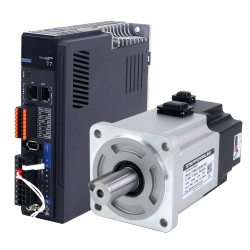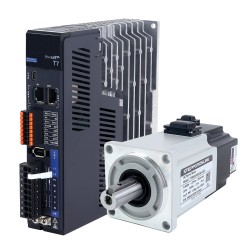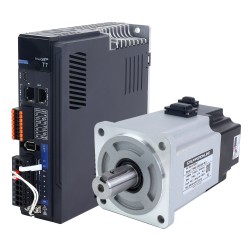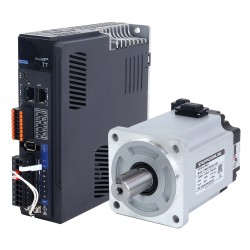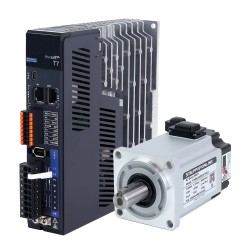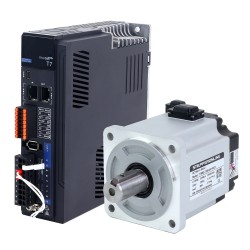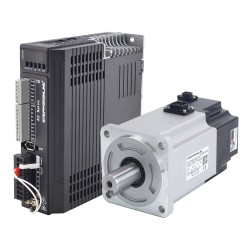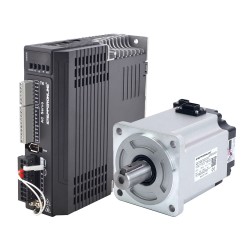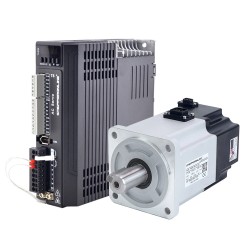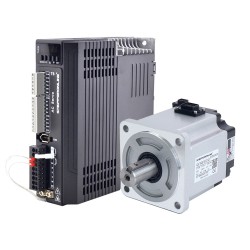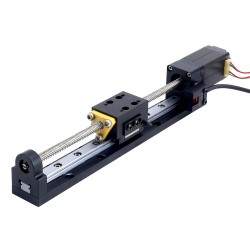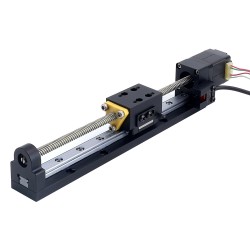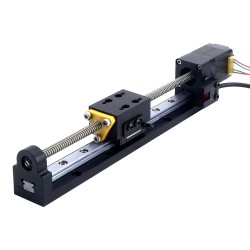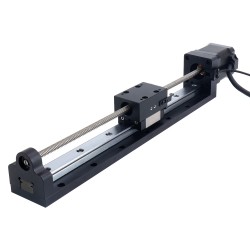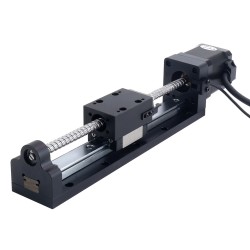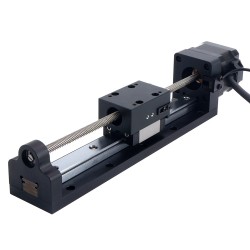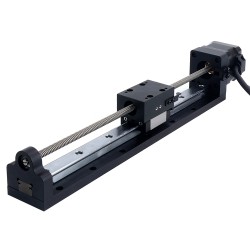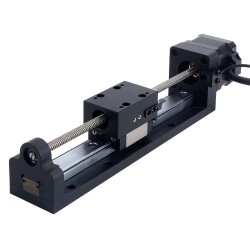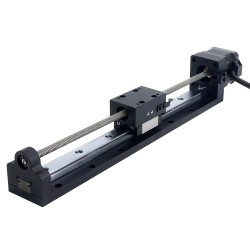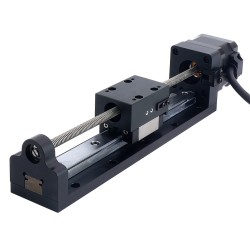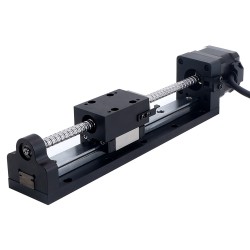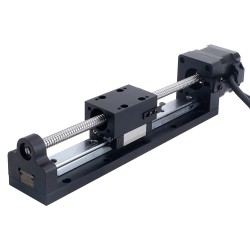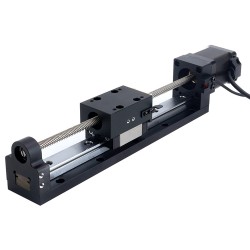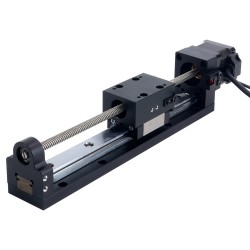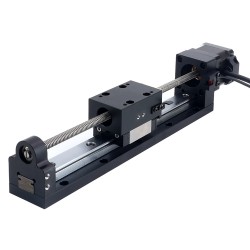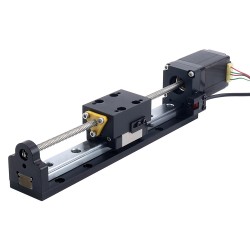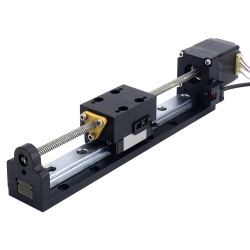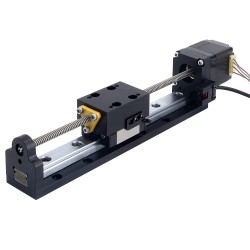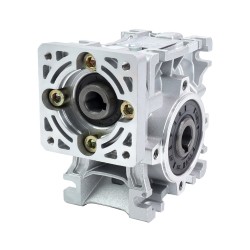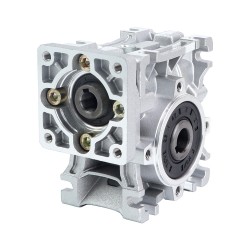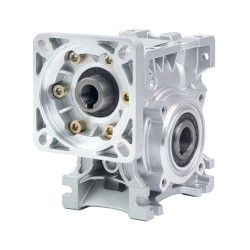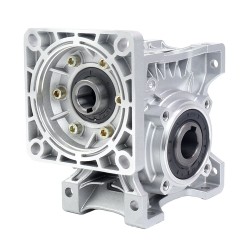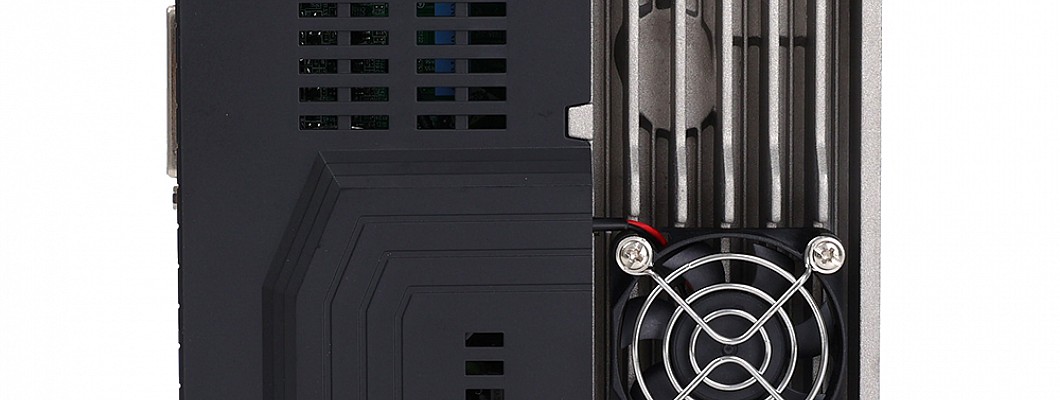
How to Reduce the Overheating of a Servo Motor
As an operating element of mechanical equipment, servo motors get widely used in the servo systems. Sometimes the heating of the operating servo motors may make us a wonder whether it is normal if we lack some professional knowledge. Actually, it is a widespread phenomenon that motor cause heat when working. But overheating needs our attention to reduce its temperature.
The temperature which the motor can be reached depends on the insulation. General speaking, the motor will not be damaged unless the internal temperatures is higher than 130 C and the outer temperature should below 90 C. Therefore, 70-80 C of the outer side of motor is the normal temperature. Except for the thermometer to measure, we can also distinguish by hand. If we can touch it for 1-2 seconds, then the temperature should within 60C. If we can touch it for less than 1 second, the temperature should be about 70-80 C. And if we drip some drops of water on it, the vaporization of water activation collateral clarifies that the temperature is above 90 C. Of course, we can also use a professional thermometer to test.
According to the principle of the server motor, to reduce the overheating is to reduce the copper loss and iron loss. There are two ways to reduce copper loss, reducing resistance and reducing current, which demands us to select the motor with lower current. In the terms of two-phase motor, we have better select series motor. But this usually conflicts with requests for moments and speeds. For the currently selected motor, the active half-current operation function of the driver and the offline function should be fully utilized. But there are not many ways to reduce the iron loss. The voltage level is related to the iron loss. So when we select an appropriate motor, its high speed, stability, heat, and noise should also be considered.
The heating of motors is a normal situation. As long as the temperature is not too high, there is no need to worry about that.






















































